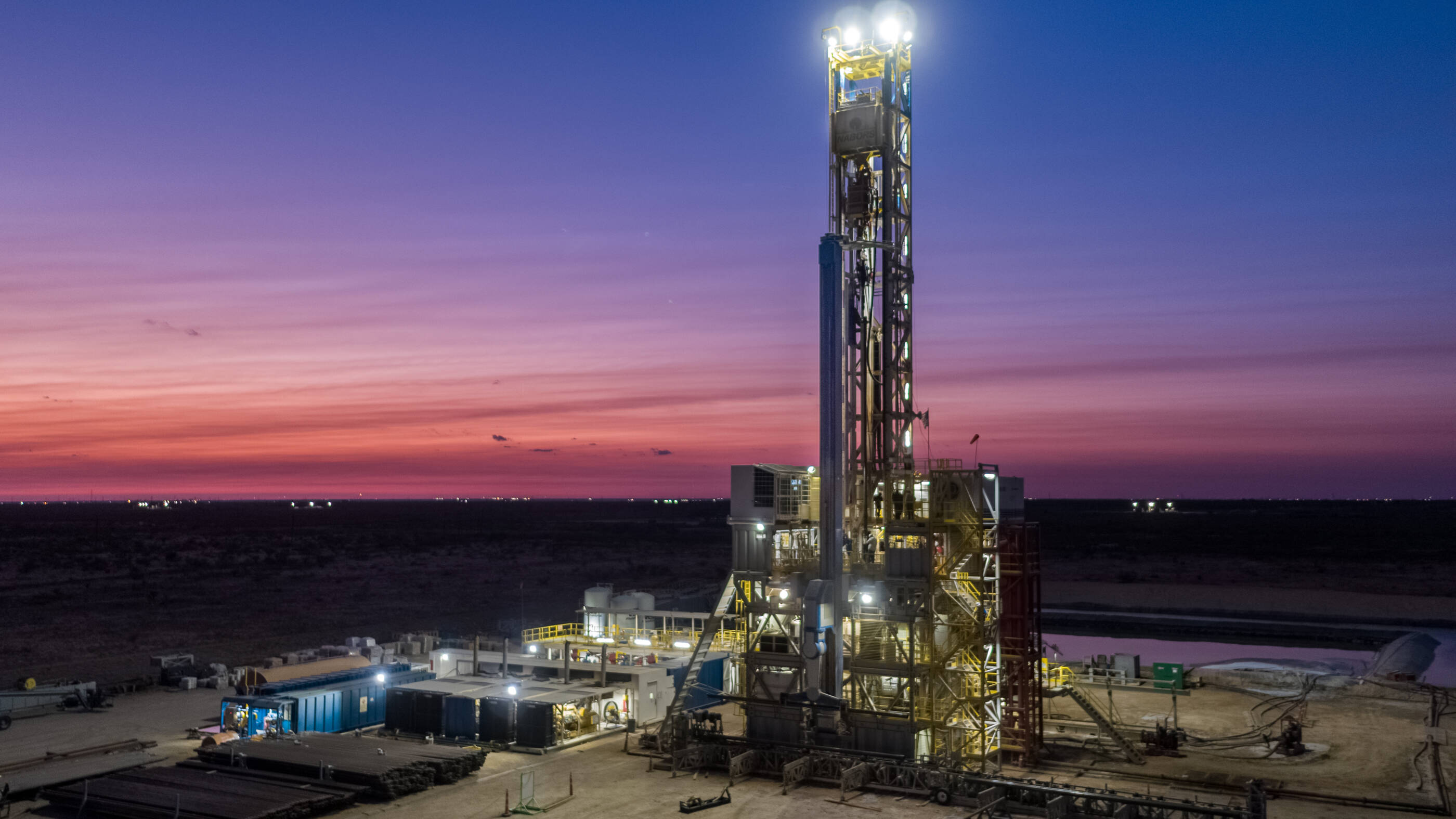selected item
8 things you didn’t know about hydrogen
August 24th, 2022
What is hydrogen? 8 hydrogen facts to understand the future of energy.
What is hydrogen?
Hydrogen is a low-emission energy carrier that has huge potential when it comes to decarbonizing heavy-emitting sectors – like those that make steel, cement, fuels and petrochemicals, which are difficult to electrify. Demand is growing – in fact, in 2020 the world doubled its capacity to produce low-carbon hydrogen and the International Energy Agency expects demand to increase another 44% by 2030.To help meet that demand, we’re planning a new hydrogen plant at our Baytown, Texas, facility, which could produce up to 1 billion cubic feet per day of blue hydrogen – that’s about six times larger than typical hydrogen plants that exist today. By switching to hydrogen, the existing facility could reduce its emissions by up to 30% compared to current operations.
Here are eight hydrogen facts to know when it comes to its role in the energy transition and a lower-emissions future.
1. Hydrogen is the most plentiful atom in the universe.
2. Hydrogen is versatile.
3. Hydrogen produces no emissions at point-of-use.
4. Hydrogen is described in many colors.
Although hydrogen is colorless, the different ways to produce hydrogen are categorized by color. Most hydrogen produced today is “grey” and created by splitting natural gas into hydrogen and carbon dioxide, with the CO2 released into the atmosphere.
Blue hydrogen uses the same process, but the CO2 is captured and stored using carbon capture and storage technology. Green hydrogen is produced when renewable energy is used to split water into hydrogen and oxygen.
There is no significant difference between the emissions intensity of blue and green hydrogen, but blue hydrogen is often significantly less expensive to produce, according to industry experts.
Other “colors” of hydrogen include pink, turquoise and yellow, among others.
5. Hydrogen is essential to meeting society’s net-zero goals.
Achieving the Paris Agreement’s climate goals will require the broad deployment of several lower-emission technologies and fuel sources, like hydrogen. While this is no small task, the good news is hydrogen could be compatible with existing natural gas infrastructure, meaning it could take less time and cost less money to bring online than other lower-emission approaches.
Hydrogen and hydrogen-based fuels could meet 10% of global energy needs and reduce 6% of total cumulative emissions under the IEA’s Net Zero by 2050 scenario, according to the IEA.
Ultimately, hydrogen may help provide energy security, as well as play an important role in the energy transition to lower-carbon fuels.
6. Hydrogen demand is set to double by 2030.
7. ExxonMobil is planning to produce blue hydrogen.
We’re planning our first world-scale blue hydrogen plant at our integrated refining and petrochemical facility in Baytown, Texas. Once operational, the new plant could produce up to 1 billion cubic feet per day of blue hydrogen, helping cut fuel-related emissions at the existing complex and nearby industrial facilities.
Applying its expertise in CCS and natural gas, ExxonMobil already possesses the capabilities to bring low-emission hydrogen production to scale.
8. Clear and consistent policy is essential to scaling up hydrogen.
Learn more about how ExxonMobil is using hydrogen to lower emissions
Explore more

Guyana investments yield a growing source of energy for the world
ExxonMobil recently started producing oil from our second offshore development in Guyana, bringing the country’s capacity to more than 340,000 barrels a day, up from zero three years ago. By the end of the decade, oil production from Guyana, on the northern coast of South America, could exceed 1 million barrels a day – enough to make it one of the world’s top 20 producers.ExxonMobil announces ambition for net zero greenhouse gas emissions by 2050
IRVING, Texas – ExxonMobil today announced its ambition to achieve net zero greenhouse gas emissions for operated assets by 2050, backed by a comprehensive approach to develop detailed emission-reduction roadmaps for major facilities and assets.
